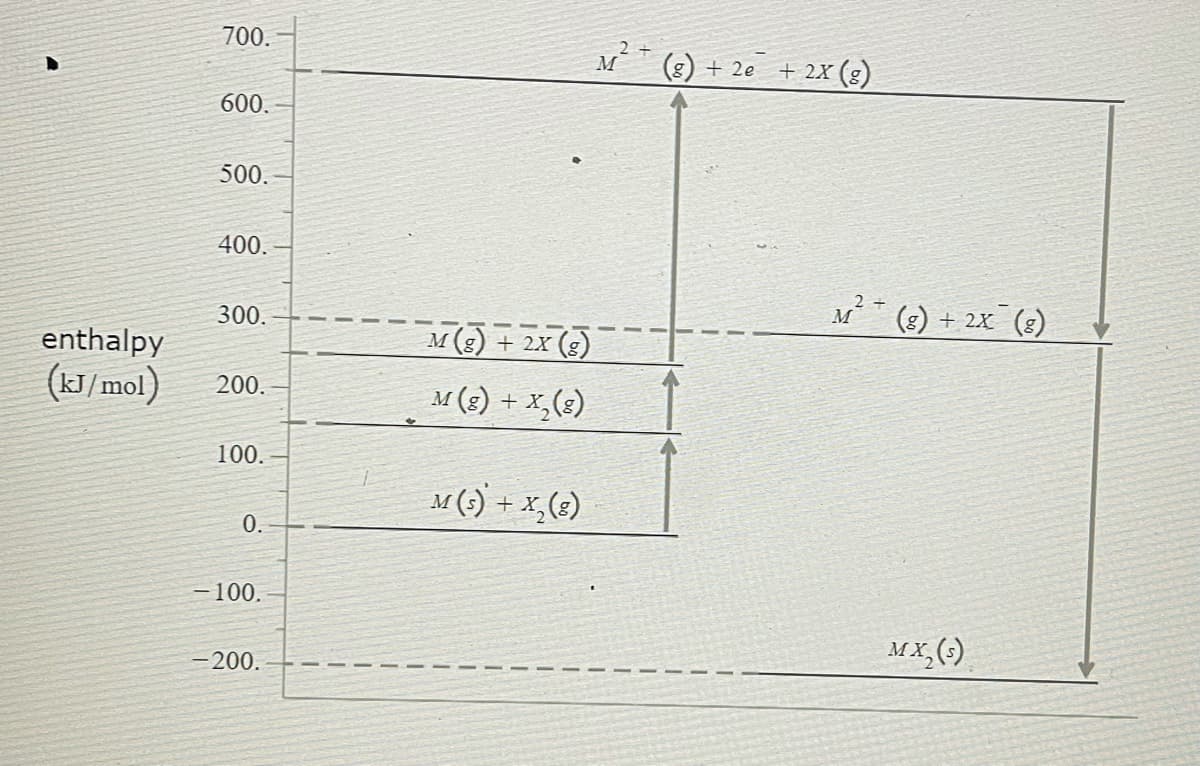This thermodynamic cycle describes the formation of an ionic compound MX from a metal element M and nonmetal element X in their standard states. Based of the table (picture): A. What is the lattice enthalpy of MX2? (in kJ/mol) B. What is the enthalpy of formation of MX2? (in kJ/mol) C. Suppose the electron affinity of X were bigger and the heat of sublimation of M were smaller. Would MX2 be more or less stable? Or would it be impossible to tell without more information?
Types of Chemical Bonds
The attractive force which has the ability of holding various constituent elements like atoms, ions, molecules, etc. together in different chemical species is termed as a chemical bond. Chemical compounds are dependent on the strength of chemical bonds between its constituents. Stronger the chemical bond, more will be the stability in the chemical compounds. Hence, it can be said that bonding defines the stability of chemical compounds.
Polarizability In Organic Chemistry
Polarizability refers to the ability of an atom/molecule to distort the electron cloud of neighboring species towards itself and the process of distortion of electron cloud is known as polarization.
Coordinate Covalent Bonds
A coordinate covalent bond is also known as a dative bond, which is a type of covalent bond. It is formed between two atoms, where the two electrons required to form the bond come from the same atom resulting in a semi-polar bond. The study of coordinate covalent bond or dative bond is important to know about the special type of bonding that leads to different properties. Since covalent compounds are non-polar whereas coordinate bonds results always in polar compounds due to charge separation.

Answer is attached below
Trending now
This is a popular solution!
Step by step
Solved in 2 steps with 1 images









